POULTRY FOR PROFIT: General Guide To Profitable Poultry Business [Part one]
Poultry production can be fun and profitable. The pleasure derived while rearing birds, seeing them grow or produce eggs cannot be measured in monetary terms. Good chicks, good management practices and good feed are all you need for a profitable poultry business but one without the other is not enough for successful poultry farming. The essence of this post is to provide poultry farmers, students, colleagues and other end users with the concise practical guide tat will make poultry farming experience both profitable and pleasurable.
Poultry is a term used to describe different species of domesticated birds like chicken, Turkey, Duck, Guinea fowl, Pea fowl, Swam, Pigeon, Goose, Quail, Ostrich, etc. Poultry production refers to the rearing of birds for the production of meat, egg, poultry, manure, or othher poultry products. Unlike the keeping of pets ( dogs and cats), poultry production is essentially profit oriented. It is expected that at the end of every batch of broiler birds raised, at least 50% of the cost of production would have been made as profit. The profit margin is set at 70% of the cost of production for laying birds at the end of their laying cycle. This is outside the fund realizable from the sale of old layers. About 5-10% of the total cost of production could be realized also from the sale of poultry manure and used feed bags. Details on how to achieve these set goals are well outlined in this posts and other series to come.
In order to achieve these set goals, mortality should be drastically reduced or if possible, avoided. Mortality rates between 1-5 % per batch are pardonable but anything above this is detrimental to the poultry business and should be avoided.
ADVANTAGES OF POULTRY PRODUCTION OVER OTHER LIVESTOCK FARMING
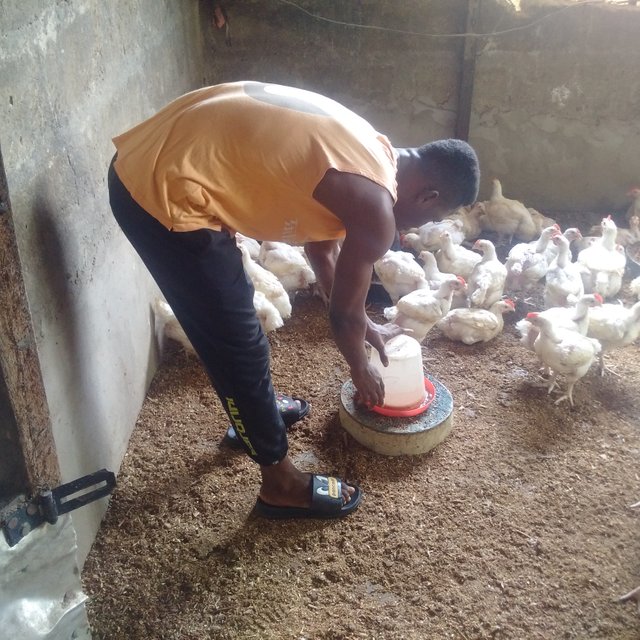
• Poultry production has relatively short generation interval thus guaranteeing quick returns.
• Poultry can adapt to most climatic conditions.
• Poultry eggs have several health promoting and therapeutic properties which make it cherished and easily marketable.
• The rich nutritional values of poultry products give them an edge
over other livestock products. For instance, chicken has about 15% crude protein as against 11% of mutton (sheep meat) or goat meat.
• Despite being the only protein food with 100% biological value, egg still costs lower than other protein sources thus sells faster.
• Chicken is very low in cholesterol unlike red meat. This is why poultry meat competes favourably with other meats and has in recent times remained the pacesetter.
• Unlike pork or snail meat, there is no religious, cultural or aesthetical restriction to the consumption of chicken or egg. They are readily marketable.
• Poultry farming inputs like day-old-chicks, veterinary drugs and vaccines, poultry equipment, etc are readily available and affordable.
• Huge capital may not be required to start-up small or medium scale poultry farm.
• Poultry farming requires smaller portion of land compared to other livestock farming.
• Policy thrusts of governments at all levels are geared to favour poultry farming. For example, the ban on importation of processed poultry meat and other products by Nigerian government is to stimulate the growth of indigenous poultry industry for job creation and to provide market for locally produced poultry products.
BIOSECURITY MEASURES IN THE FARM
Biosecurity refers to those measures taken to avoid the introduction of diseases and in a farm, herd, or group of animal where they do not currently exist or to limit the spread of disease with a population. The responsibility of biosecurity in the farm falls on the farmers and farm workers. Any successful biosecurity plan must address the issues of:
Isolation: Separation of apparently healthy new animals brought to the farm, sick animals or animals returned unsold from the market for observation for about two weeks for signs of ill-health until there are enough evidence that the animals are free from diseases. If otherwise, the animal should be treated or eliminated from the farm depending on the presenting health condition. Isolation is sometimes referred to as quarantine but the latter is more technical.
Traffic Control: Restriction of movement of people, animals ( especially wild birds and rodents) and equipment in and around the farm should not be overlooked as this is a major way of introducing disease agents into the farm. Friends, relatives and workers from other farms should not be allowed into your poultry pen. If they must go in, they should was-off with antiseptic and use the foot dip provided at the entrance of every pen. Workers attending to isolated or sick animals should not near other healthy animals to limit the chances of disease spread. Boots and coveralls worn while caring to quarantined, animals should not be used while caring for other healthy animals.
- Sanitation: Washing, cleaning and disinfecting of surfaces and farm equipment with good disinfectants help to keep off diseases. Provision of clean drinking water or use of water sanitizers help to reduce the chances of infection. Tap water or borehole water is good for drinking purposes in the farm but tap water and other chlorinated water as well as water sanitizers should not be used during vaccination or shortly after vaccination as this may cause vaccination failure.
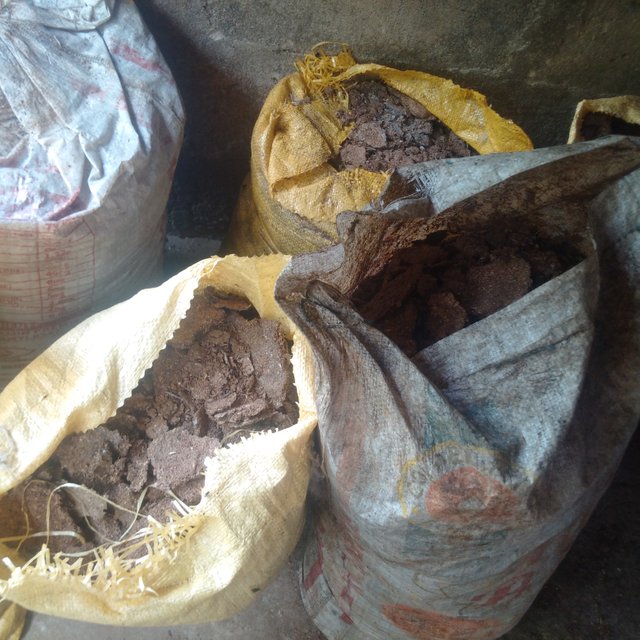
Use of feed bags or poultry equipment from another farm is a bad management practice as this facilitates diseases spread from farm to farm. Farmers should liase with their veterinarian in order to purchase birds from hatcheries or farms with a sound health history.
Please note that the biosecurity measures (isolation, traffic control and sanitation) mentioned above cannot completely prevent diseases in unvaccinated birds. Birds must be properly vaccinated in addition to the biosecurity measures in order to checkmate disease outbreaks in the farm.
Disinfection and fumigation before stocking, restriction of movement of visitors in and around the pen, use of dips at farm and pen entrances, screening of pens wit net to limit the movement of wild birds and insects, use of rodenticide, etc are some of the good biosecurity practices required in poultry farming.
End of Part One
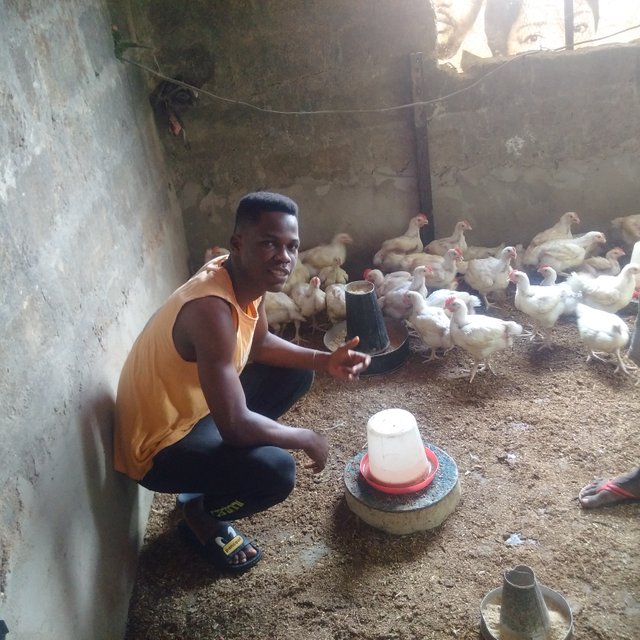
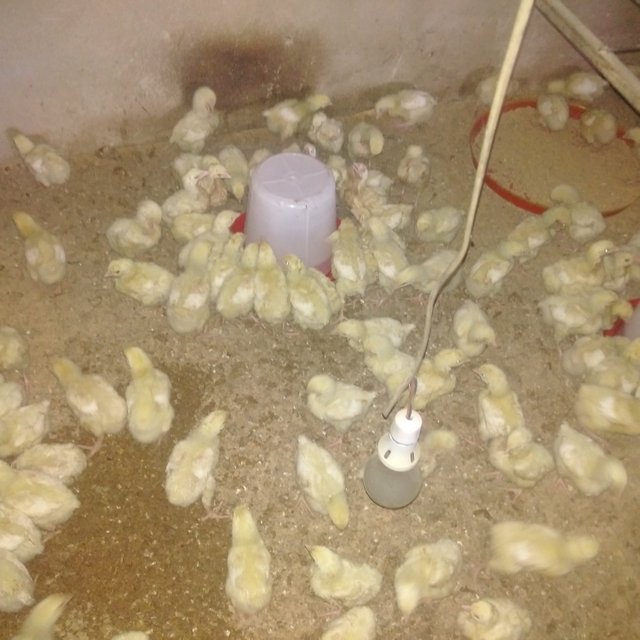
PS:
I am currently running a poultry farm in partnership with my brother in the city of Uyo, Nigeria and I will grateful for supports from our great knight @sirknight as well as @farms. I am looking forward to expanding the business and bringing it to limelight. This business has been a source of livelihood to us ever since we lost our mother and recently, some challenges has been erupting.
Thanks in anticipation.
Your Brother
LT
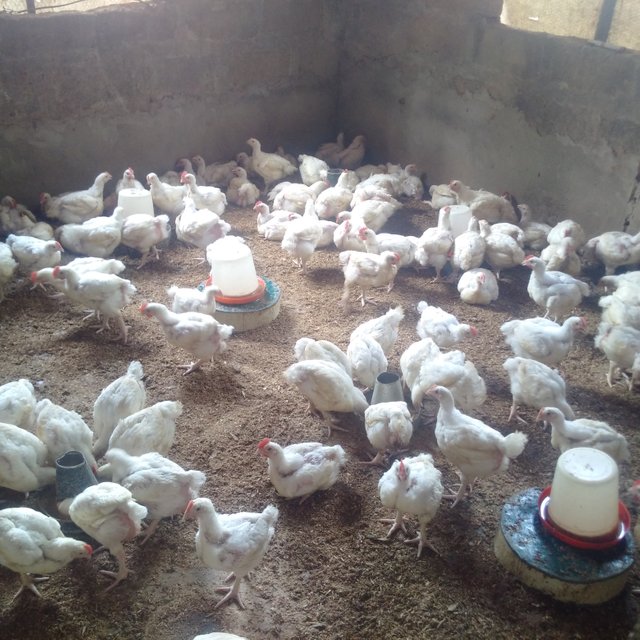
Amazing publication my friend, we @farms are pleased with this post and find it of great importance to this community.
Thanks for sharing
Resteem
Thanks for your support @farms
This is a really great job, keep it up @liltom002. Steem will feed the world.
Certainly
Hello @liltom002 your post has been featured on the Stach Post Review Article--Link to post.
Thanks for using the Stach Tag.
Keep Being Creative!.
Courtesy - Stach Curation team
Thank @stach cuRation team for supporting me and finding my post worthy. I really do appreciate.
Great initiative. AM glad you are doing this. Like @sirknight will say, STEEM will feed the world. We all have our roles to play.
exactly..
Wow!!! Great ideas man, I'm sure @farm will support you and @sirknight will be glad to see this
Thanks friend for reaffirming my hope.
Why is it that this post looks familiar Liltom? Careful.
Posted using Partiko Android
Familiar to?